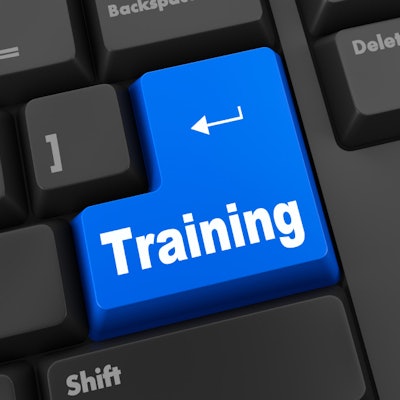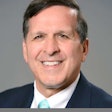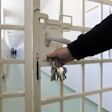
As a practicing dentist and business entrepreneur, I know firsthand the challenges in finding the right people for open positions in my businesses. Keeping valuable team members safe and satisfied in today's tenuous job climate is more important than ever, given the daily news of worker shortages. Many practices have lost some of their best people due to the fallout of the pandemic. It has been next to impossible to replace their experience.
A poll conducted in May by the ADA Health Policy Institute found that 35.8% of owner dentists are recruiting dental assistants, 28.8% are seeking dental hygienists, 26.5% are looking to hire administrative staff, and 13.1% are in search of associate dentists.
The percentage of dentists looking to hire these types of team members has risen since October 2020, and compared with hiring before the pandemic, more than 80% of owner dentists who are currently hiring report that recruiting dental hygienists and assistants is extremely or very challenging.
How training can help reduce staff turnover
A great dental team is necessary for a successful practice. Losing one person hurts morale, patient retention, and profits. But many reported issues in practices and businesses come down to a lack of training in customer service and knowledge of products and services.
 Dr. James V. Anderson.
Dr. James V. Anderson.A dental assistant may be great chairside but may not be as friendly and engaging to patients as you would like. Much of this comes from a lack of confidence in knowing what to say and how to say it.
Spending the time training your staff has excellent benefits, even if their stay in your practice is short. Each patient who comes through the door deserves a well-trained, well-versed team. A skilled dental assistant who leaves you to work in another practice only makes you (their employer) look better to their next employer. Your reputation for providing training spreads through the community.
Training and continuing education (CE) units should also be a benefit of the practice. Dental management would be responsible for choosing the appropriate and applicable courses based on the needs of the practice and the licensing requirements of the position. Studies show higher retention among employees where there are training and CE benefits.
Consider the value of upskilling
Your good employees are worth their weight in gold -- you don't want to lose them for preventable reasons. It's not wise to have training left to chance, fueled by the need to get CE for licensing. All team members need "upskilling," a new, trending term that means to acquire or provide a person with more advanced skills through additional education and training.
By 2022, 54% of all employees will require significant reskilling and upskilling, according to the World Economic Forum's "The Future of Jobs Report 2018." Workers who upskill are likely to exhibit more vital problem-solving abilities, a higher level of productivity, and better performance overall. Additionally, the workers see that the company cares about them and is interested in their future, inspiring loyalty in turn. When there is loyalty, there is less absenteeism, less turnover, and better morale.
Upskilling can also provide a great opportunity to meet one's licensing requirements. Concerning licensing requirements, each state has its own rules and guidelines in place. For reference, the California Dental Association lists its requirements for employee training on its website.
How to record training
For the practice, there should be proper documentation in place that records the training provided to each team member. Some areas, such as U.S. Occupational Health and Safety Administration, HIPAA, and infection control training, are required and must be documented in the employee records.
Training documentation and kept records should include the following:
- Name of course and course summary
- Date and location of training
- Name of the trainer or organization, or training documents
- Printed name and signature of an individual trained
For online education, document the name of the course and the training provided. The trainer will maintain all written questions received and all written responses or guidance provided for two years after the date the answer was given.
Similarly, for webinars, maintain a copy of the webinar, all written materials used by the trainer, and all written questions submitted during the webinar. The required retention period for holding onto webinar training records varies by state.
Other timeline considerations include the following:
- Injury and illness prevention: one year, unless employee worked less than a year at your practice
- Bloodborne pathogens/exposure control: three years from the date of the training
- HIPAA: six years from the date of training
- Sexual harassment: two years from the date of the training
- Waste management and amalgam separator: follow applicable local rules
Our goal is to hire already experienced and licensed people for an open position, but that's not happening. We know that licensing is required for clinical placements, but patient communication and working with a team is critical too. These skills must be part of the practice's training program.
Upskilling is here to stay, and as dentists and business owners, we must embrace it and always be ready to help our team members learn and grow.
Dr. James V. Anderson is a practicing dentist in Syracuse, UT, and is the CEO and founder of eAssist Dental Solutions. He can be reached via email.
The comments and observations expressed herein do not necessarily reflect the opinions of DrBicuspid.com, nor should they be construed as an endorsement or admonishment of any particular idea, vendor, or organization.



















